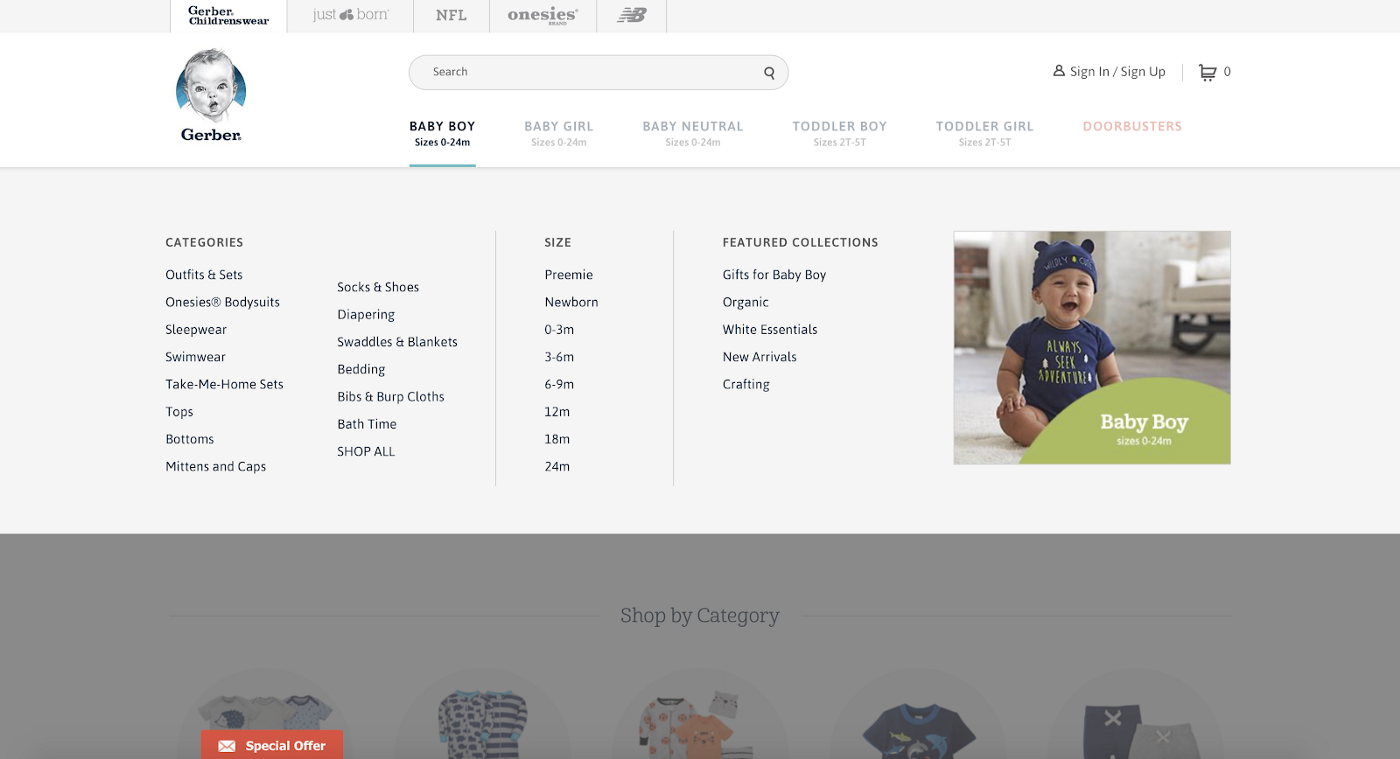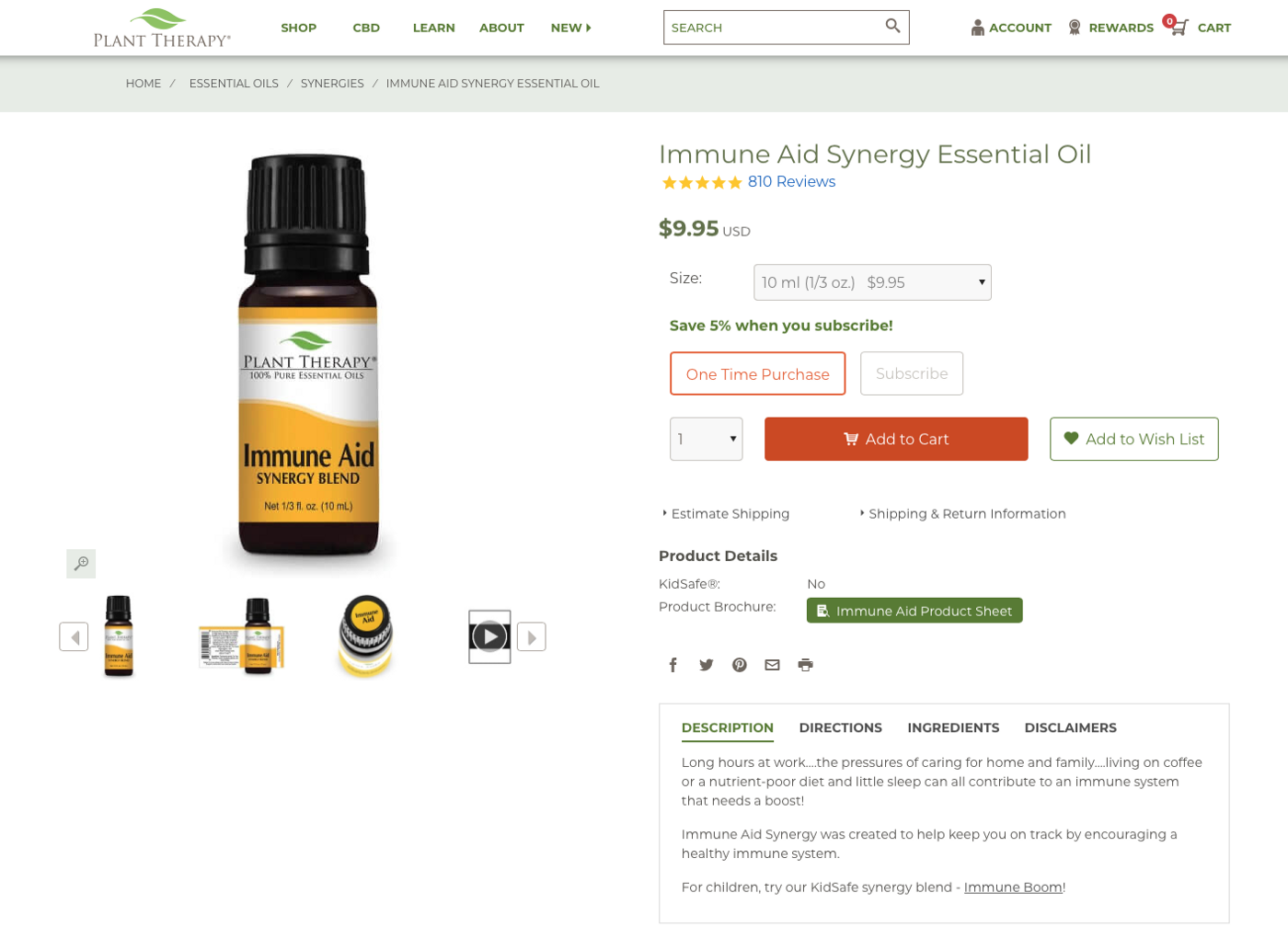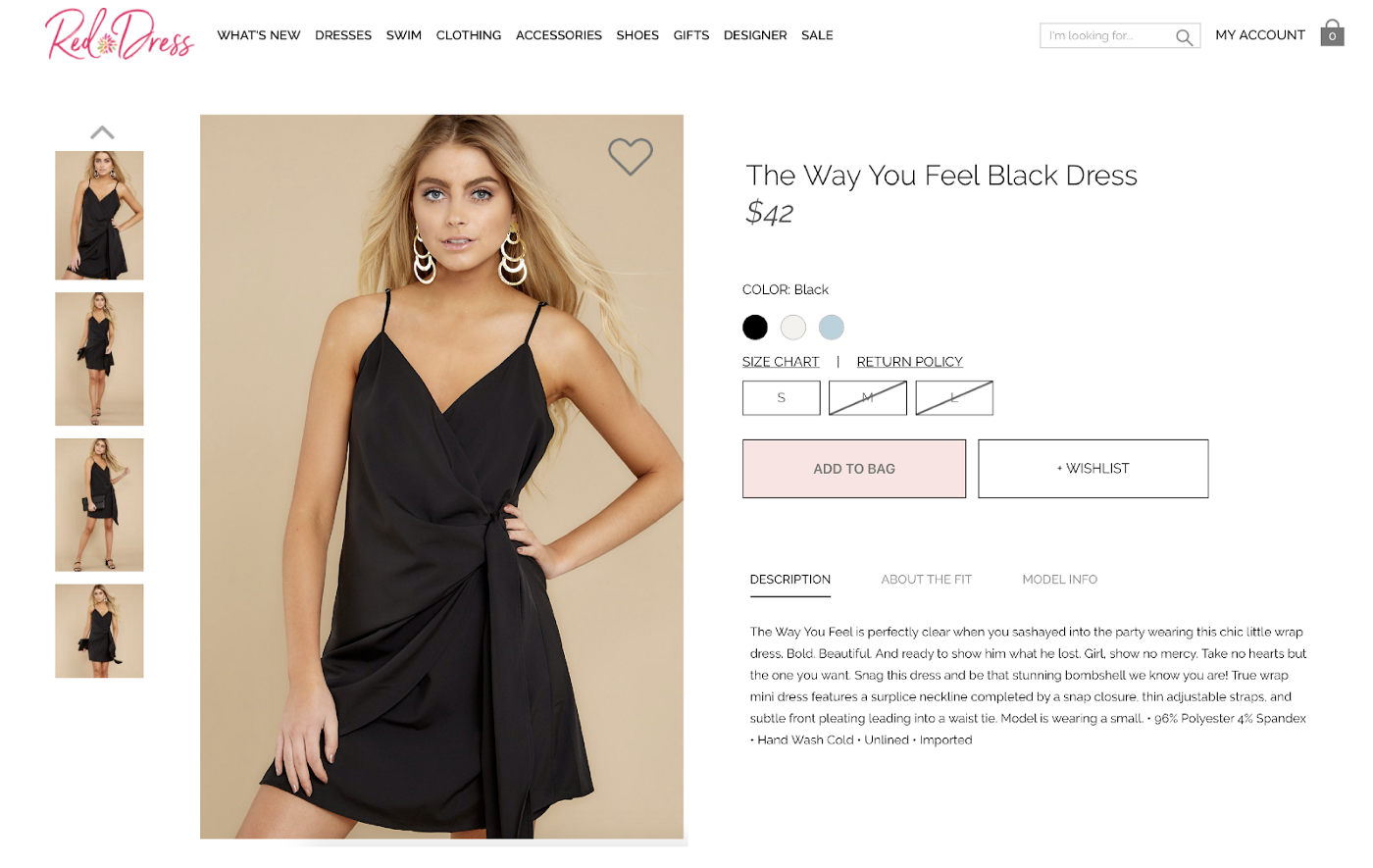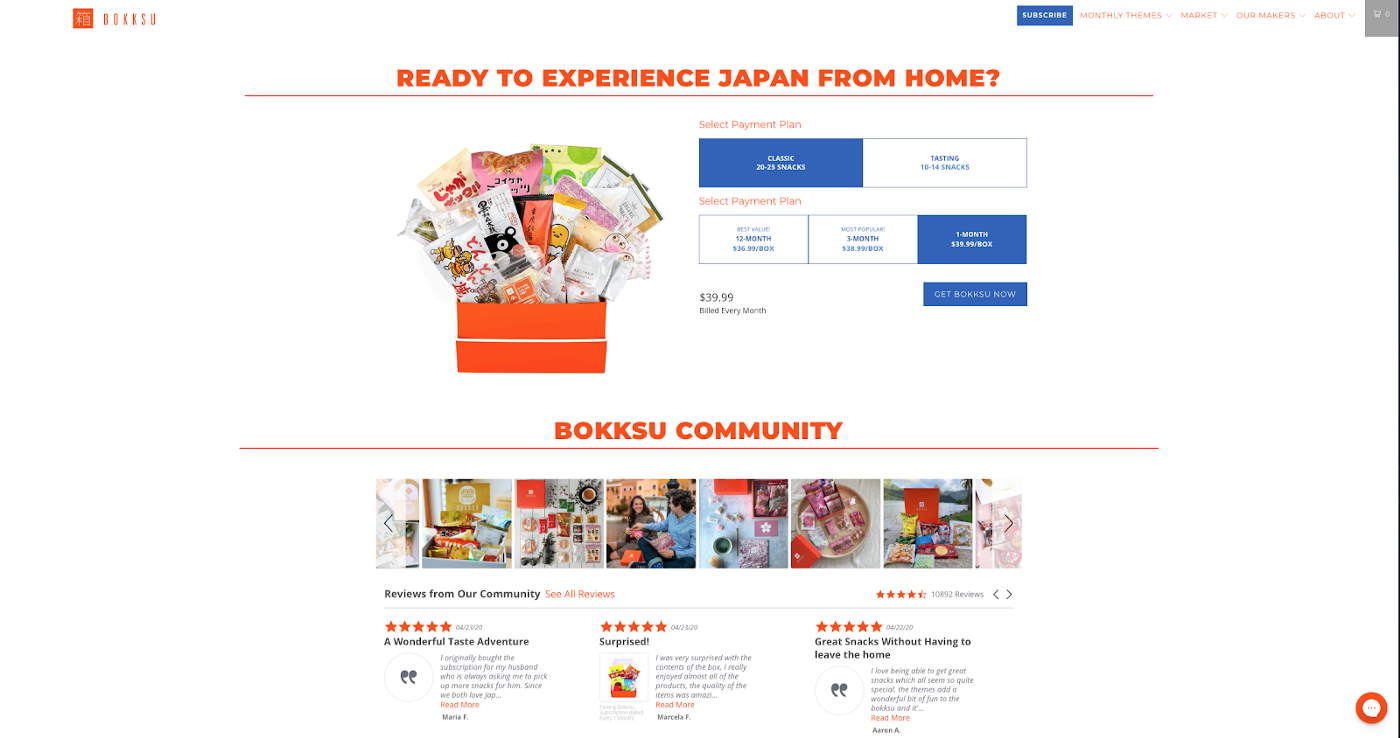This article was contributed by our partner Visiture.
While using affiliate marketing to expand one’s customer base is a powerful strategy for securing sales, spreading that awareness will be extremely challenging if people can’t find the brand in the first place.
The key to earning awareness, traffic, and (ultimately) sales lies in optimizing a site for search visibility.
To help merchants cultivate the rankings they need to succeed, we will be exploring today’s SEO best practices for eCommerce brands.
With that, let’s get right into it.
Employ the Right Keywords
While many Google changes, including the recent BERT algorithm update, are moving search engines away from keywords and more toward natural language, keywords are still an essential aspect to SEO best practices.
Therefore, retailers should include highly relevant, targeted keywords in important on-site destinations such as product headlines and descriptions, subheaders, image alt text and similar fields.
Moreover, merchants should also be sure to include LSI (latent semantic index) keywords throughout their site as well, as this helps to show Google that a page is relevant to a user’s query.
Focus on the Homepage
A site’s homepage is one of its most important destinations. For that reason, many focus much of their optimization energies here. While it is not the only page that should be shown SEO love, some key aspects to optimizing a homepage include:
Homepage Content
The content of a retailer’s homepage should help visitors to better understand the products offered by the site in a clear, concise manner.

To avoid overwhelming visitors, sellers should limit the amount of information presented here to several top-selling products, a few popular pieces of content, and current promotional offers.
Title Tag
Optimizing the title tag is a critical component of SEO optimization. A page’s title tag is the blue link that appears in the Google SERPs. This field should list the brand’s name and the primary keyword.

Moreover, merchants must keep their title tags to 60 characters or less to ensure that it displays correctly on search engines.
Meta Description
Alongside title tag optimization is the meta description. The meta description is the little blurb about the page that lives below the title tag in the SERPs. While this field does not have any direct bearing on SEO performance, it does influence the number of clicks that a page receives, thereby having a considerable indirect impact on rankings.

Meta descriptions should:
- Clearly convey the contents of the page
- Contain the primary (and possibly a secondary) keyword
- Be written in an alluring manner
- Be 160 characters or less
Streamline Site Architecture
Site architecture plays a prominent role in eCommerce SEO best practices.
The fact is that eCommerce sites can rapidly evolve into massive digital warehouses. Therefore, possessing a streamlined site enables Google and visitors to understand and navigate the site quickly.

Merchants should present users with a store that is logically constructed and possesses clear hierarchical navigation from the homepage down to category, subcategory, and product pages.
When producing an optimized site structure, the general rule of thumb is that visitors should be capable of reaching all of a store’s most important pages within three clicks or less. Therefore, it should take no more than three clicks for a shopper to get from the homepage to a product page.
Optimize Category Pages
Category pages are one of a retail site’s most essential destinations, but are often left woefully under-optimized.
When it comes to optimizing and ranking category pages, retailers should not only optimize the page’s H1 page to include the targeted keyword, but also include an introductory block of text that utilizes various LSI keywords and features links to other prominent pages. These could be related subcategories of pieces of content that help to inform visitors on specific topics.

It is critical not to overlook the store’s category pages as these are near the top of the site’s hierarchy and are a valuable SEO resource.
Pay Attention to Product Pages
Product listings are the lifeblood of any eCommerce business. Therefore, learning how to build better product pages that generate more sales is vital. Part of this means optimizing these listings for visibility in the SERPs.

The problem here is that many sellers will write a couple of bland sentences about an item and call it a day. Worse still, plenty of retailers are content copying and pasting a product’s description directly from the manufacturer’s website.
This is not only lazy, but it is terrible for SEO performance.
When it comes to product page optimization, it is essential that sellers pay considerable attention to:
Product Titles
The product’s name is essential and should be used in the page’s title tag and URL to help searchers find what they are seeking.
Product Descriptions
Retailers must take the time to write product descriptions that sell by focusing on the item’s benefits, utilizing power words and addressing consumer concerns and pain points, as well as naturally integrating important keywords.

Image Optimization
Stunning product images are critical for buyers and search engines alike.
While customers demand detailed depictions of items to help inform their purchase decision, sites like Google require natural, keyword-rich, and informative descriptions of images and alt text to elevate SEO performance.
Customer Reviews
Reviews are also critical for sales, but they also aid in search engine optimization as the content is often loaded with LSI keywords and fresh reviews bring Google bots back to crawl a page, thereby potentially increasing its rankings.

Minimize Load Times
Page load speed is a vital ranking factor, particularly for eCommerce websites. The faster a page loads, the happier users will be and the more likely Google will be to promote a page.
Therefore, decreasing load times is a necessity for sellers. Some ways that merchants can achieve this aim include:
- Compressing images
- Minimizing redirect chains
- Employing a content delivery network
- Utilizing a premier hosting service
Cultivate Authoritative Backlinks
Backlinks are massively important to a site’s SEO performance. The more backlinks that a site possesses from high-ranking, authoritative websites, the more likely it is to gain visibility in the SERPs.
Therefore, implementing strategies to earn backlinks is a foundational SEO best practice. Some ways that sellers can build their backlink profile include:
- Producing and promoting skyscraper content
- Guest posting on relevant industry blogs
- Claiming unlinked mentions
- Getting listed in directories
eCommerce SEO best practices are a foundational element to online growth and success. While many want to jump right into boosting conversion rates, it is necessary to take a step back and optimize a site for search visibility first.
Awareness comes first. Conversions follow.
By following these SEO best practices, online retailers can gain the rankings needed to generate scores of sales.
For those who can use some help to ensure their site’s success in the SERPs, reach out to Visiture’s eCommerce SEO specialists. Our award-winning team can help your brand top the competition and scale to novel heights.



